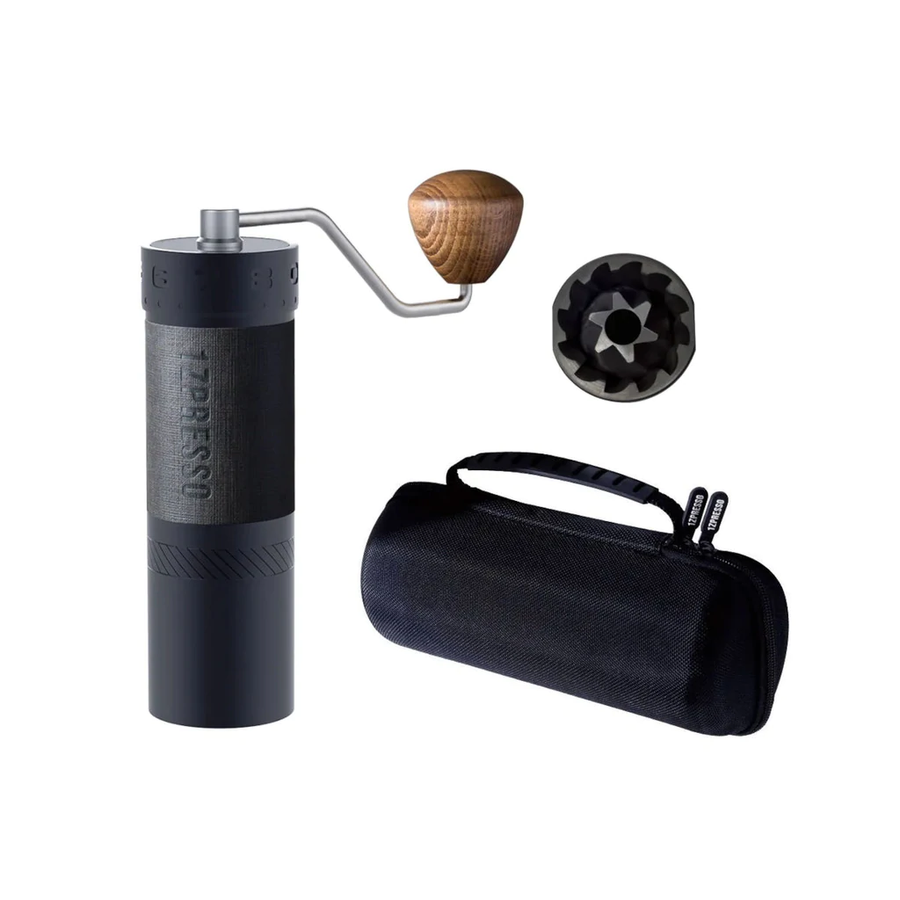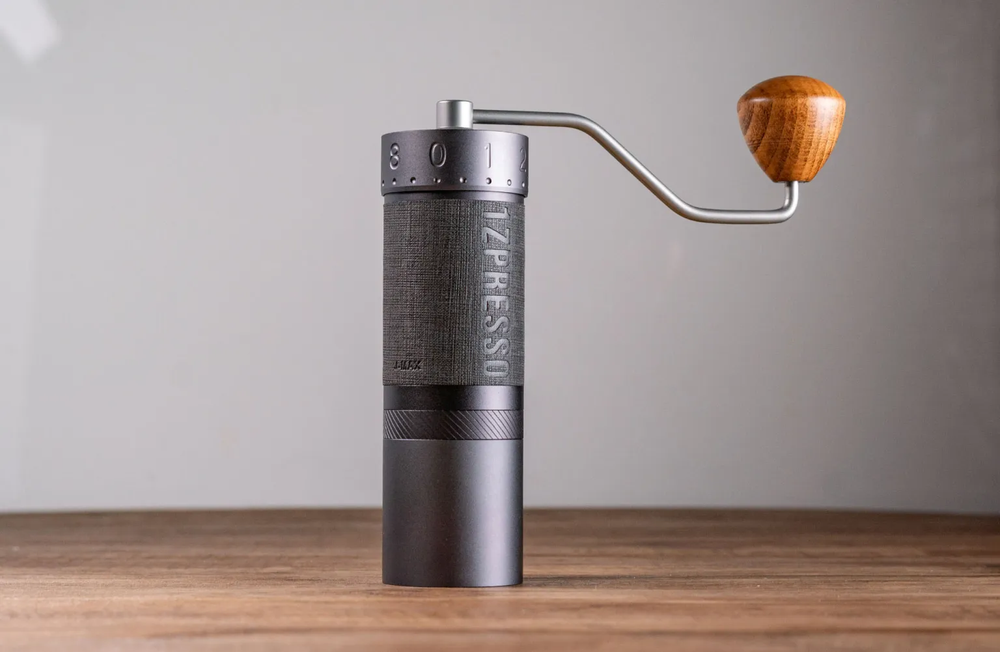Milk Frother Masterclass: Choosing the Best Frother for Home & Office
Introduction
A milk frother turns good coffee into great coffee. Whether you're adding silky foam to your cappuccino, crafting latte art, or jazzing up your filter brew, the right milk frother makes all the difference. At Buna Coffee, we hand‑pick premium frothers that deliver barista-level texture and taste without any guesswork.
Types of Milk Frothers
Manual (Hand‑Pump) Frothers
- Pros: Budget‑friendly, simple to use, no power needed.
- Cons: Requires manual effort, less consistent foam.
- Best for: Travel, occasional use, beginners.
Electric Standalone Frothers
- Pros: Automatic heating and frothing, consistently smooth foam, easy cleaning.
- Cons: Larger footprint, needs power.
- Best for: Daily home use and office setups.
Built‑In Steam Wands (Espresso Machines)
- Pros: Professional-grade foam with micro‑bubbles and latte art potential.
- Cons: Expensive and requires technique.
- Best for: Serious home baristas and café owners.
- Note: Buna Coffee’s espresso machines often include steam wands perfect for this commitment.
What to Look For When Choosing a Frother
- Foam Quality: Look for thick, creamy micro-foam that enhances texture and flavour.
- Speed: Electric frothers should have a 60‑90 second cycle; hand‑pumps may take longer.
- Milk Compatibility: A good frother handles whole milk, skim, and plant-based options like oat and almond.
- Cleaning: Non‑stick or dishwasher-safe interiors make upkeep easier.
-
Budget vs. Performance:
- Under R500: Manual or basic electric.
- R1,000–R2,500: Mid-range electric with heating, auto-stop.
- R5,000+: Steam wands and premium standalone frothers.
Pro Tips: How to Use a Milk Frother
- Pour cold milk up to the frother’s fill line.
- Heat first: Warm milk to 55–60 °C helps foam stability.
- Froth in stages: Froth 10–15 seconds, stir gently, then froth again.
- Tap and swirl: This breaks bubbles and creates glossy micro-foam.
- Pour slow & steady: For latte art, begin high then move low to settle the foam.
Milk Frother Maintenance
- Clean immediately after use to prevent residue build-up.
- Wipe steam wands with a damp cloth, purge then soak in cleaner weekly.
- Descale electric frothers monthly for optimal performance.
- Replace seals and whisks annually for consistent froth quality.
Frequently Asked Questions
Can I froth plant-based milks?
Yes, oat, soy, and almond milks work best due to higher protein and added emulsifiers.
How long do frothers last?
With care, electric and manual units last 3–5 years; steam wands last as long as the machine (with proper maintenance).
Is it worth upgrading from the manual?
Absolutely, electric frothers deliver better foam every time, consistently and conveniently.
Conclusion
A milk frother turns your daily coffee into a gourmet experience without leaving your kitchen. At Buna Coffee, our selection spans travel-ready manual frothers, sleek electric units, and premium steam-wand machines. Browse our collection, upgrade your coffee game, and unlock café-quality foam every day.
Next Step: Build Your Perfect Brew Station
While a quality milk frother elevates your cup, the heart of every great coffee setup is the coffee machine itself. Whether you're after a compact home brewer or a café-ready espresso system, explore Buna Coffee’s full range of machines built for precision, performance, and daily joy. Pair your frother with the perfect coffee base—and complete the ritual.




